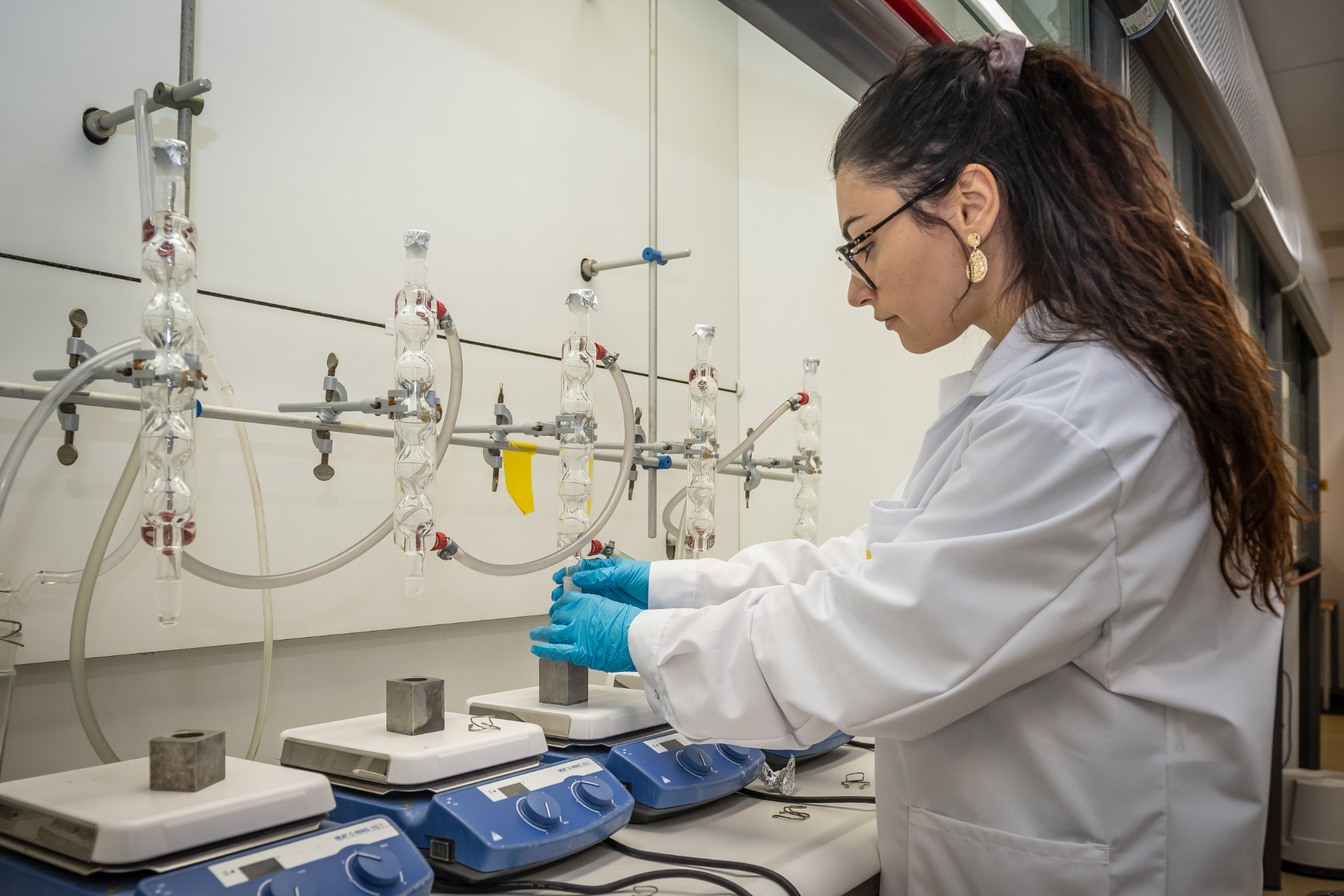Inactive user
The page you are trying to access has been deactivated because Öztoprak is not working for NIOZ anymore.
Go to Staff.
Unraveling the enzymatic fingerprints of life
All around the world, we find molecular fossils in ancient sediments that are millions to billions of years old. These so-called biomarkers are the remains of fatty membranes, or ‘skins’, produced by organisms that once lived on our planet. I study the isotopic structure (simply said: the atomic or chemical properties) of a certain type of those biomarkers that can be found in all photosynthetic organisms, such as plants, algae and bacteria. They help us to understand and reconstruct the geochemistry, biosphere and climate of our planet’s past. Such understanding not only helps us to better understand evolution, but also the ongoing earth processes and enables scientists to make better models of future climate and biodiversity.

Carbon atoms are the fundamental building blocks for every organic molecule. In nature, carbon atoms occur in two isotopic forms. By far the most common isotope of carbon is carbon-12 (12C), which contains six neutrons in addition to its six protons, whereas the less common carbon-13 (13C), has seven neutrons. 12C and 13C accumulate in living organisms at different rates and the specific pathways used to construct different molecules in an organism determine the isotopic composition of those molecules.
The molecular toolboxes available for life to build their fatty – or lipid - membranes are constrained to a very specific set of enzymes that are well conserved in the Tree of Life. Any time an enzyme breaks or builds a bond between a carbon atom and another atom, it causes a characteristic shift in the isotopic value of that specific carbon position in a molecule. To synthesize a membrane lipid, multiple specific enzymatic steps happen in a well-defined and oftentimes repeated sequence. This leaves us with a molecule in which every unique carbon position has an isotope ratio that reflects the process of its synthesis (the enzymatic tools used) as well as its carbon source. Together, they ultimately reflect the history of that molecule.
Understanding evolution through the internal structure of molecules
For my PhD I am studying the internal isotopic structure of a specific class of organic compounds, the so-called isoprenoids. They are constructed from 5 carbon atom isoprene units and are present all around nature, with sterols as a well-known representants.
Isoprenoids are produced by all domains of life, where Bacteria almost exclusively synthesize isoprenoids through a pathway known as the methylerythritol phosphate (MEP) pathway, Archaea use the mevalonate (MVA) pathway(s) and Eukarya utilize a modified MVA pathway, with photosynthetic eukaryotes harboring both pathways. I try to characterize the specific internal structure of the isoprenoids synthesized by different biosynthetic pathways. This will ultimately enable us to differentiate between these sources in the geologic record and understand their evolution through time.
Novel analysis method
In order to study the intramolecular signatures of isoprenoids at abundances that are geochemically relevant, I am also developing novel isotope ratio analysis methods on the cutting-edge Fourier transform mass spectrometer (FTMS) Orbitrap system using both gas chromatography (GC) and liquid chromatography (LC) interfaces.